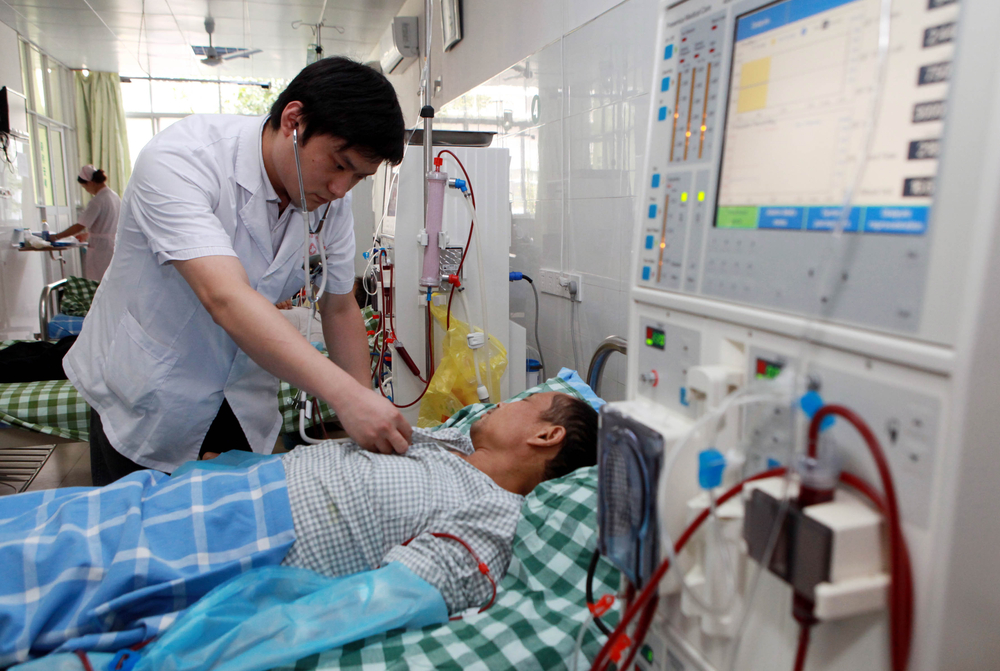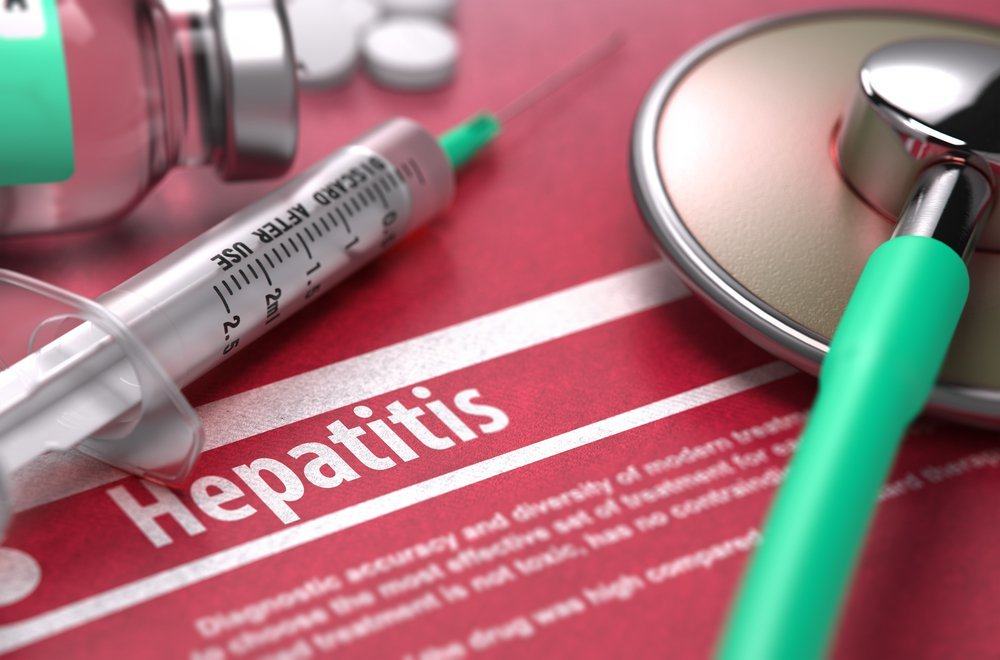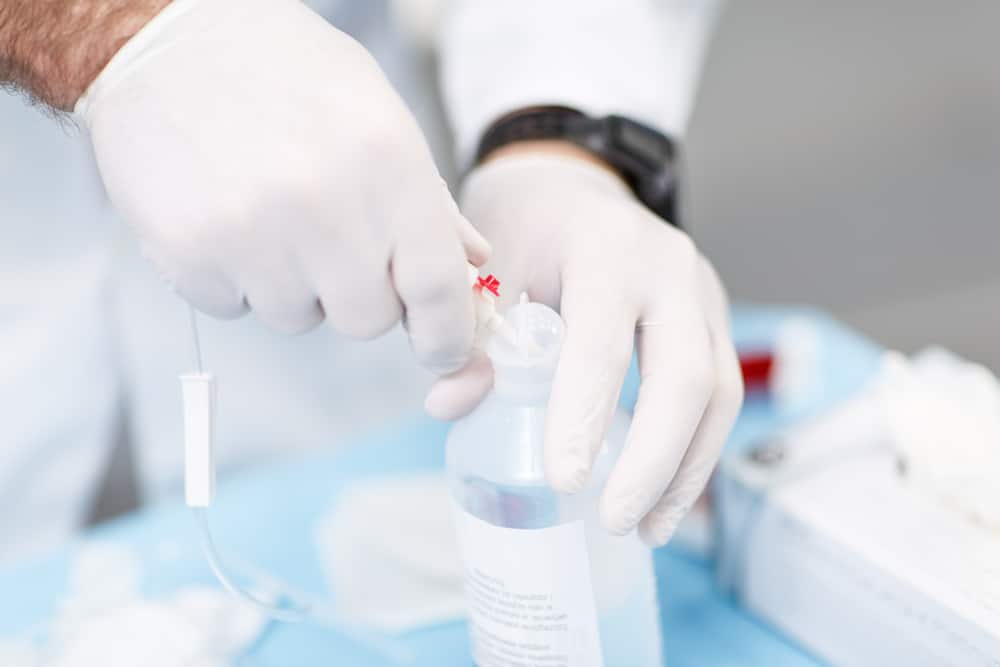Contents:
- Medical Video: Initiating Dialysis with a Fistula or Graft
- What are the important dialysis preparations to do?
- 1. Prepare mentally
- 2. Find out the location of hemodialysis
- 3. Ask your doctor about vascular access surgery
- 4. Bring snacks or food
Medical Video: Initiating Dialysis with a Fistula or Graft
Kidney failure can be interpreted as kidney function which is only 5-10 percent of its normal capacity. This means that the kidneys that have been totally damaged must be replaced to keep functioning. It is estimated that currently there are around 300,000 people with kidney failure in Indonesia. One way to replace damaged kidney function is through dialysis. There are several dialysis preparations that you need to know before going to the clinic. Here's the review.
What are the important dialysis preparations to do?
Dialysis is commonly used as a temporary treatment for young patients while waiting for their turn to do a kidney transplant. But this action can also be permanent for those with chronic kidney failure when a kidney transplant is no longer possible due to age or other medical reasons. If you or someone in your family has to do dialysis, first know the following dialysis preparations.
1. Prepare mentally
Inadequate health information in Indonesia makes most chronic kidney failure patients feel reluctant and afraid to undergo dialysis.
For that, equip yourself with support from family and relatives, and find as much information as possible about the dialysis process. Of course from reliable sources such as doctors or from those who have routinely undergone the dialysis process.
Know about myths and facts about dialysis so you don't need to feel unnecessary anxiety. There is a myth that says dialysis causes dependence. Dialysis does need to be done repeatedly on those who have experienced end-stage renal failure. This is because the kidneys cannot function normally. But dialysis does not make dependence, which will cause damage if you stop doing it. If you need dialysis again, that is simply because your kidneys cannot carry out their duties properly.
2. Find out the location of hemodialysis
Even though you think dialysis can be done in any hospital that has hemodialysis facilities. Try to find a location for dialysis treatment at the hospital closest to your home. Why is this important? To keep dialysis patients from unnecessary fatigue.
Patients with chronic kidney failure who undergo dialysis will usually be more sensitive because they experience a lot of discomfort in their body. Searching for the closest hospital to home also avoids feeling lazy, bored, and bored with patients because they have to go back and forth to wash their blood at least twice a week with a short duration of time. Also find out the fastest route to the hospital.
Especially for those of you who have hepatitis B, hepatitis C, or HIV, finding a hemodialysis location that has a special machine for you will be a challenge. In general, hemodialysis machines are kept sterile from these viruses and this means that those with hepatitis B, hepatitis C, or HIV are not permitted to use a sterile machine so they do not transmit to those who do not have the infection. But you don't worry, some locations have machines that are specifically provided for those who have these infections.
3. Ask your doctor about vascular access surgery
The doctor may advise patients to undergo the procedure of installing vascular access to facilitate the dialysis process later.Installation of vascular access aims to keep blood flow flowing smoothly in large quantities during dialysis treatment so that blood can be filtered through artificial kidneys or dialysis machines. Your blood vessels aren't big enough forallowing large amounts of blood flow through the dialysis machine, therefore, vascular access is needed.
Simply put, vascular access is the opening of the pathway so that blood can be removed from the patient's body to be filtered through the dialysis machine and put back into your body.
The types of vascular access commonly used in Indonesia are the Double Lumen Catheter (CDL) and AV fistula (cimino). Both of these vascular accesses will increase blood flow so that the needle used for dialysis is easily placed in the vein.
4. Bring snacks or food
If you already know when and where you will dialysis, the next dialysis preparation is to bring snacks or foods that you like. You can bring cake, bread, or heavy food that is allowed by the doctor. While waiting for dialysis treatment you can eat snacks while filling energy.
Because, pdialysis patients sometimes get tired easily and don't have enough energy after dialysis. The body feels weak and dizzy for about 4 hours, after which it will become normal again. These snacks and foods are to add energy after dialysis.












